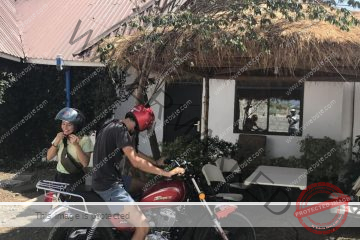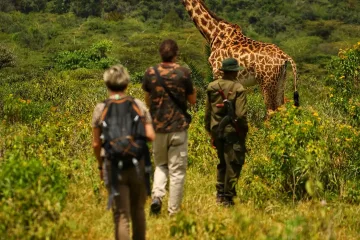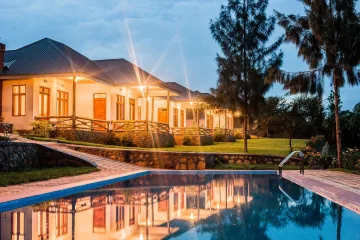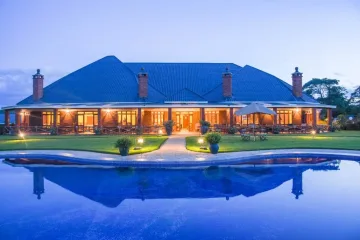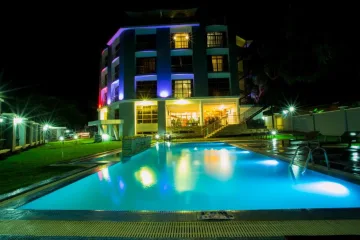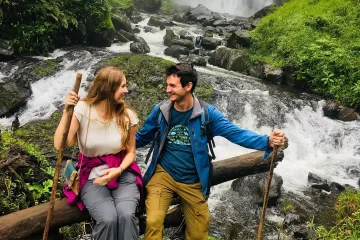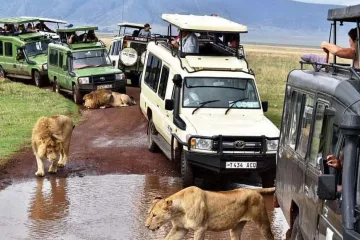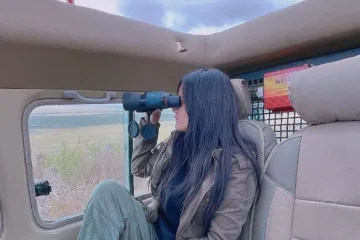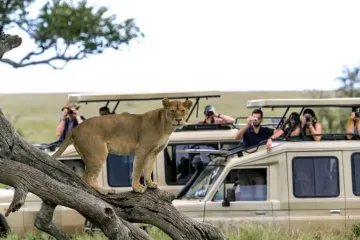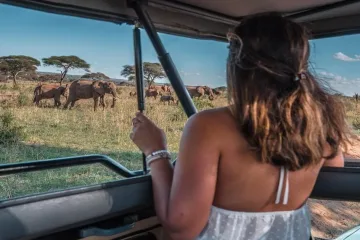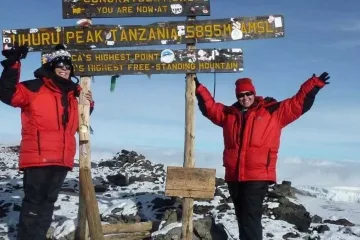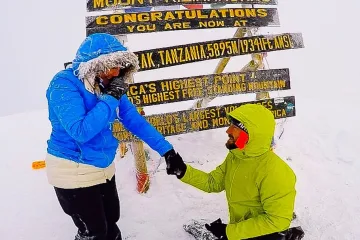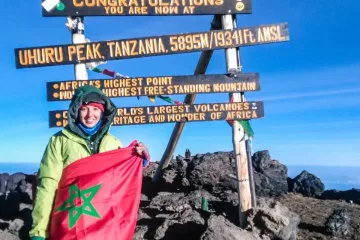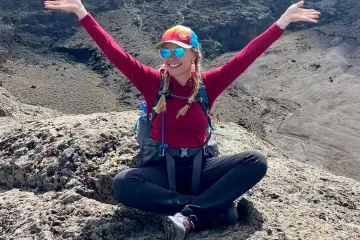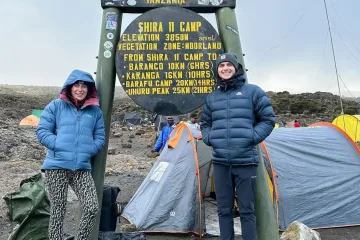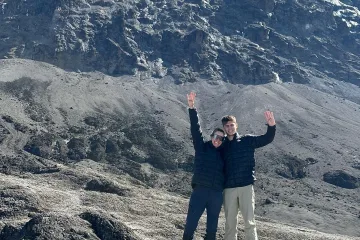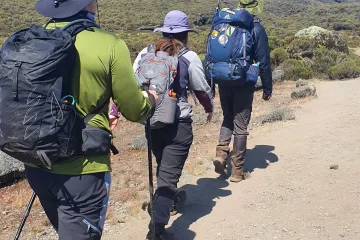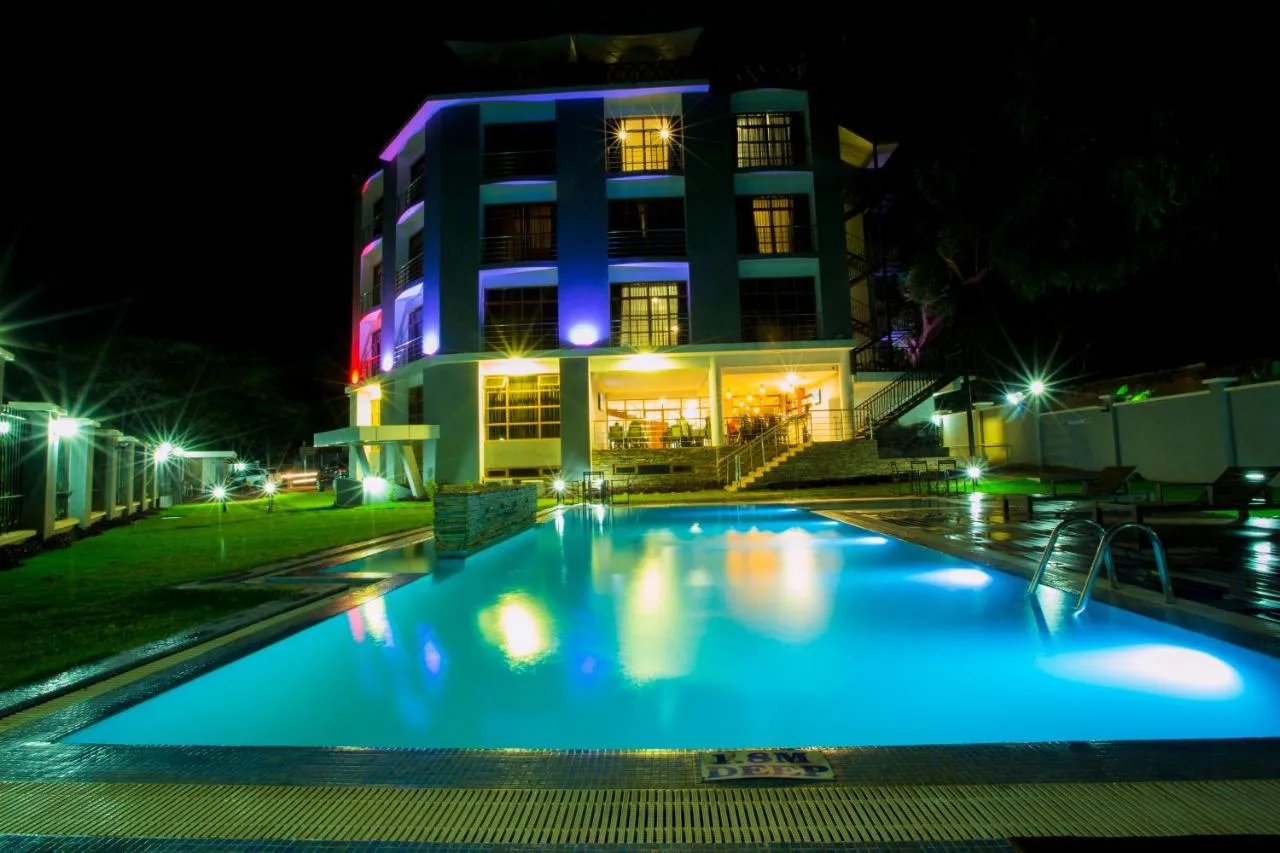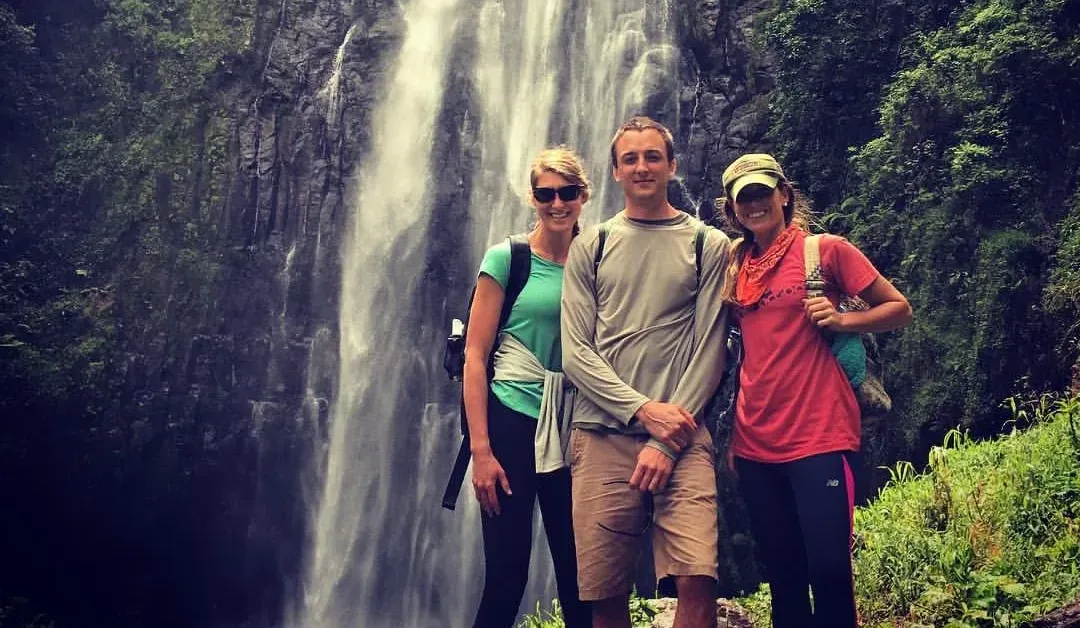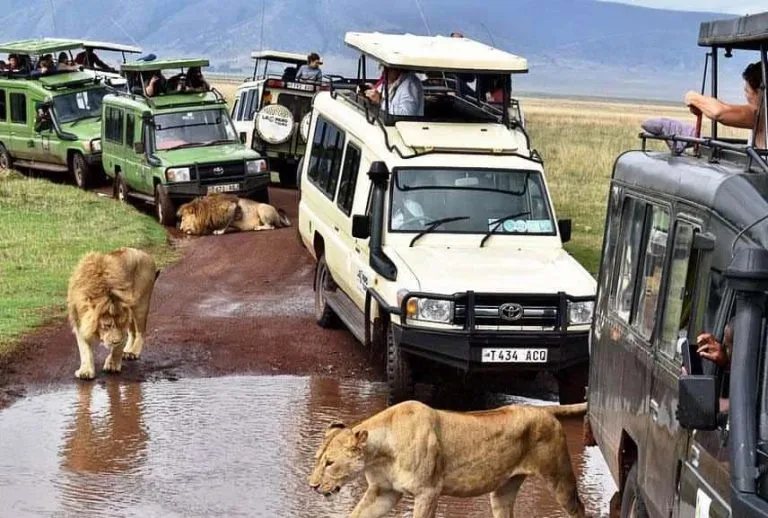Why Choose US?
East Africa Travel Company | Diverse Destinations
East Africa Travel Company takes you to diverse destinations: thrilling safaris, Kilimanjaro climbs, rich cultures & relaxing Zanzibar beaches.
East Africa Travel Company | Great Value
East Africa Travel Company offers unbeatable value for money—affordable safaris, Kilimanjaro treks & Zanzibar getaways with expert local guides.
East Africa Travel Company | Top Locations
East Africa Travel Company takes you to breathtaking locations: Serengeti, Kilimanjaro, Ngorongoro, Zanzibar & more. Discover Africa’s natural wonders.
East Africa Travel Company | Easy Booking
East Africa Travel Company offers fast & easy booking for Tanzania safaris, Kilimanjaro climbs, and beach escapes. Plan your adventure in minutes!
East Africa Travel Company | 24/7 Support
East Africa Travel Company provides 24/7 customer support for all tours—safaris, Kilimanjaro climbs & beach escapes. We’re here whenever you need us.
East Africa Travel Company | We Love Travel
East Africa Travel Company is passionate about travel—crafting unforgettable safaris, Kilimanjaro climbs & beach holidays with heart and expertise.
Search Tours
Find your dream tour today!
Take a Look at Our
Most Popular Tours
Find a Tour by
Destination
[wptripadvisor_usetemplate tid="1"]
Latest Post
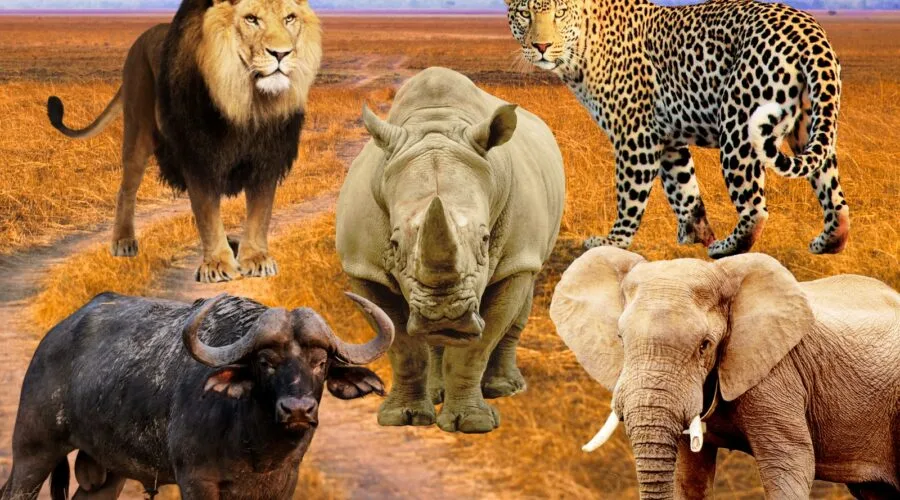
Big 5 Safari: 10 Epic Reasons to Love It
Big 5 elephant, lion, leopard, buffalo, rhino—experience Africa's thrilling wildlife adventure with giraffe, cheetah, wildebeest, and crocodile. Big 5 Safari: 10 Epic Reasons to Love
Read more
Join the Newsletter
To receive our best monthly deals



